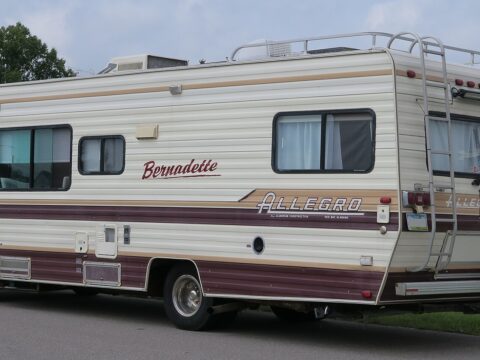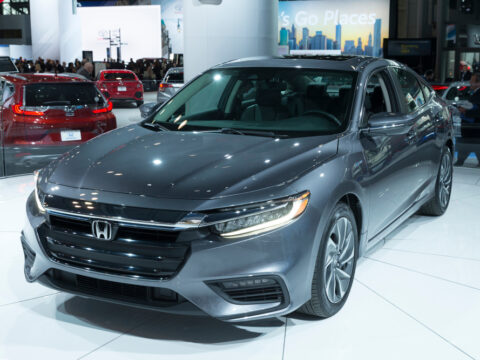Restoring antique cars can be a rewarding journey, but it comes with its fair share of challenges. From sourcing original parts to dealing with unexpected costs, the process is often more complex than it seems. This article explores 17 key risks you might face when taking on such a project, helping you prepare for what lies ahead.
Contents
Rust and Corrosion Damage

When restoring an antique car, rust and corrosion often present significant challenges, especially if the vehicle has been exposed to moisture for extended periods. Rust can severely weaken structural components, compromising safety and requiring extensive metalwork or even replacement of entire sections. Corrosion can also damage crucial systems like brakes and fuel lines, further complicating the restoration process. If not treated correctly, rust may reappear, undoing much of the restoration effort.
Sourcing Original Parts
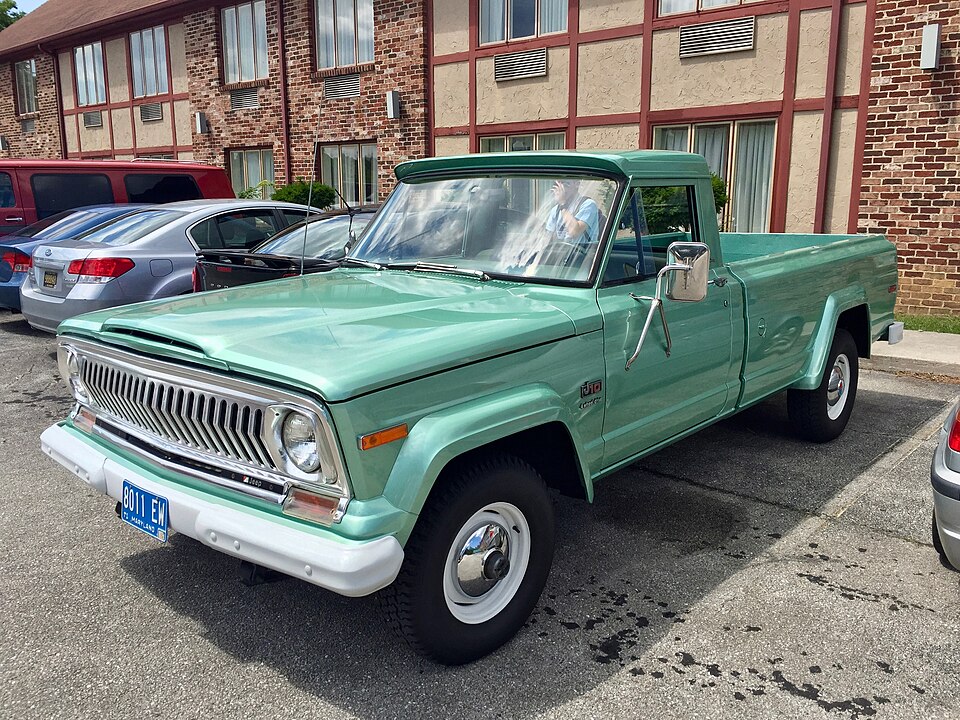
Tracking down authentic parts for antique cars can be a monumental task, given that many original manufacturers have long ceased production. This often leads restorers to search salvage yards or attend specialized car shows, sometimes paying exorbitant prices for rare components. The risk of using reproduction or incorrect parts looms large, potentially diminishing the car’s authenticity and value.
Lack of Documentation
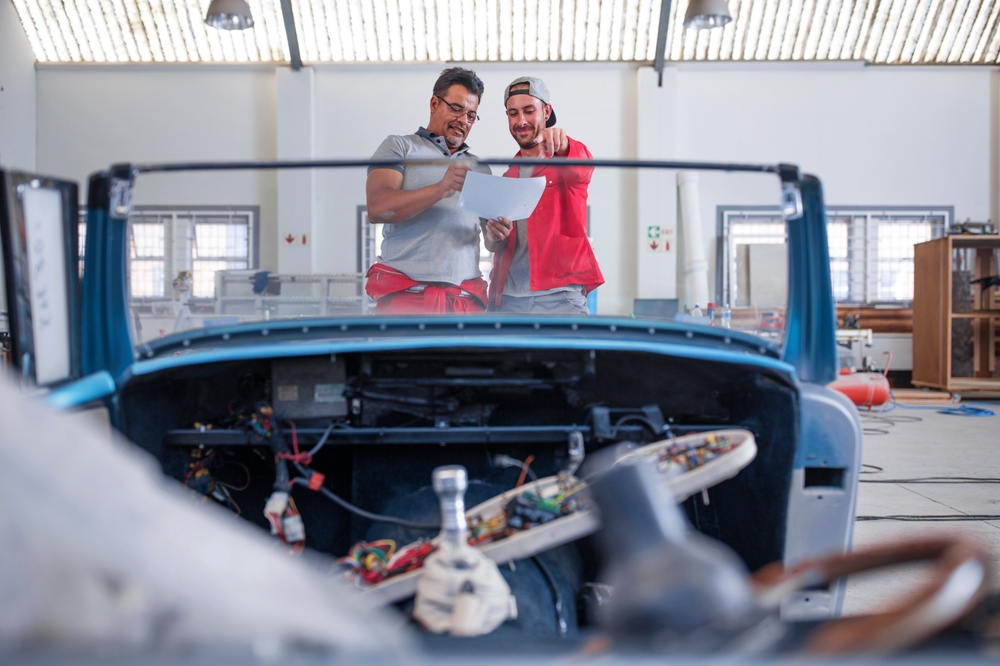
Antique cars frequently come with incomplete or missing documentation, complicating the restoration process and making it difficult to accurately replicate the vehicle’s original specifications. Without proper records, mistakes such as using incorrect parts or materials are more likely, which can diminish the car’s historical value. Furthermore, lacking documentation hinders validation of the car’s authenticity, impacting its resale value.
Mechanical Complexities
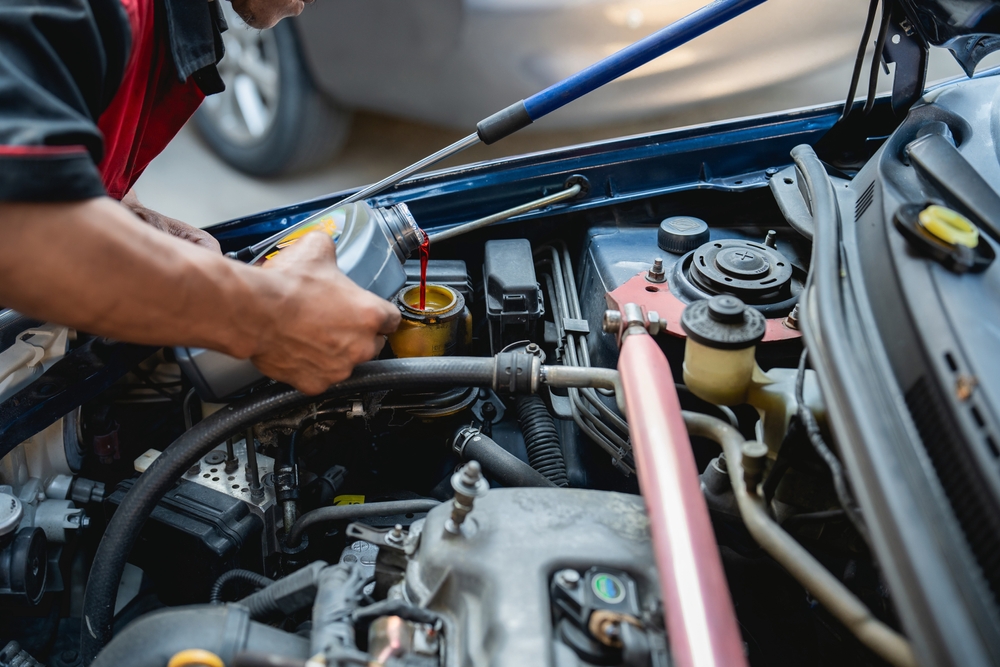
The unique mechanical systems in antique cars differ significantly from those in modern vehicles, requiring specialized knowledge and tools to repair or restore. Misunderstanding these systems can lead to costly mistakes that might damage the vehicle further or result in unreliable performance after restoration. Finding professionals with the expertise to handle these complexities can be both challenging and expensive.
Cost Overruns

Despite careful planning, restoring an antique car often leads to unexpected expenses, such as hidden damage, the need for rare parts, or additional labor. These unforeseen issues can quickly cause a project to exceed its initial budget, leading to financial strain or difficult decisions about whether to continue. As costs escalate, the risk of abandoning the project or running out of funds becomes more real. This financial unpredictability is a common challenge in antique car restoration.
Time Commitment

The time required to restore an antique car can extend into years, especially if the restoration is undertaken part-time. Maintaining momentum and motivation over such a lengthy period can be challenging, leading to the risk of the project stalling or being abandoned altogether. Life changes or other responsibilities may also interfere, causing delays or loss of interest.
Difficulty in Finding Skilled Labor
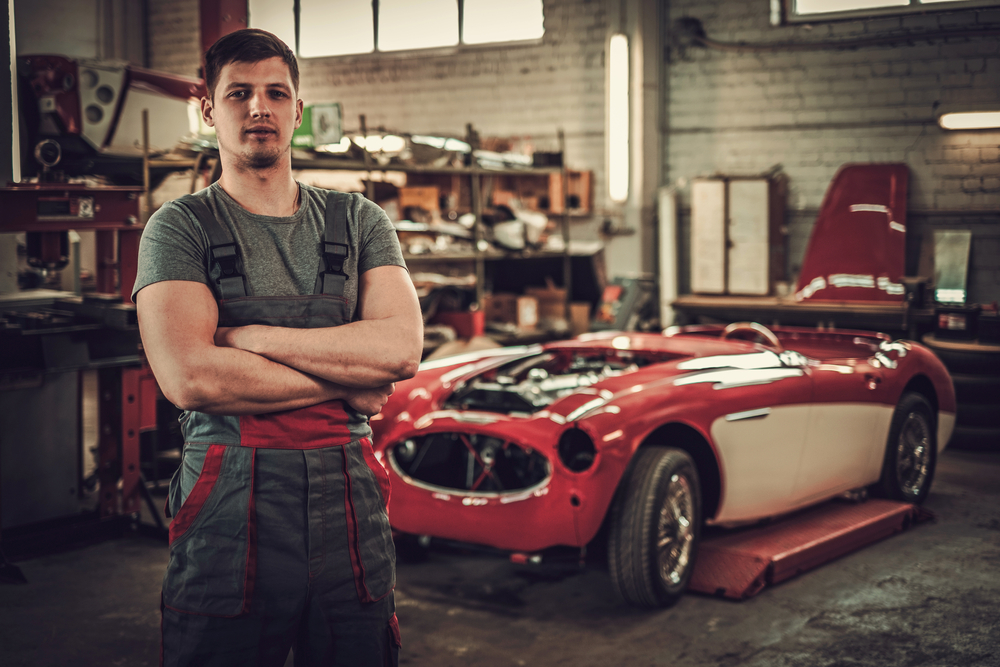
If you’re not performing the restoration work yourself, locating skilled labor with experience in antique car restoration can be a significant hurdle. Many mechanics or body shops lack the necessary expertise, which may lead to substandard work that requires costly re-dos or even damages the vehicle. The limited availability of qualified professionals can also result in delays, further extending the project timeline and increasing costs. Ensuring the quality of work is a persistent concern.
Paint Matching and Finish Issues
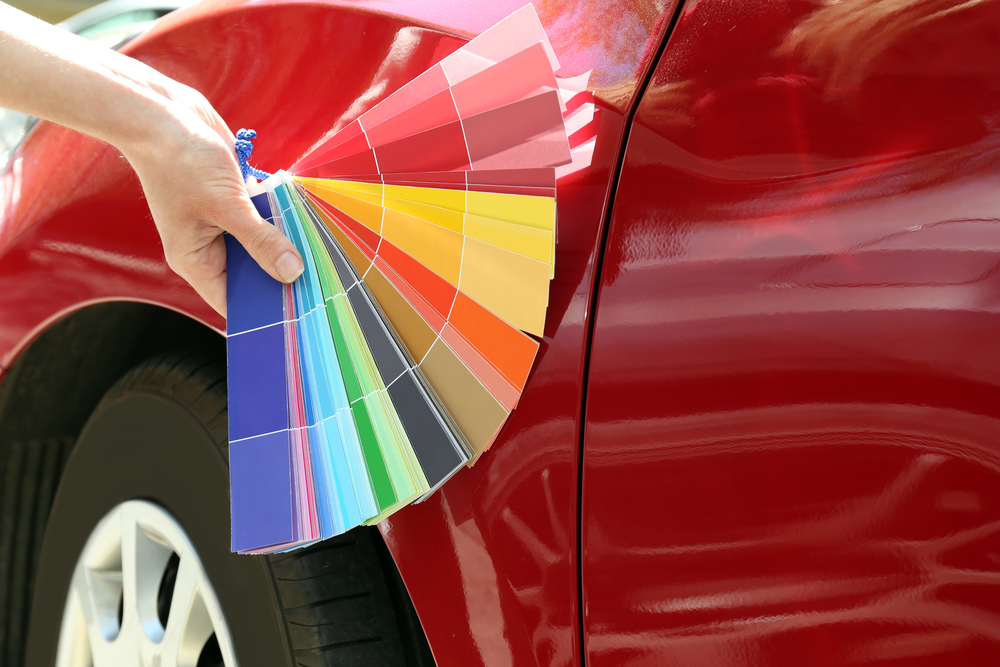
Achieving the correct paint color and finish for an antique car is often more challenging than it seems, as modern paints may not replicate the properties or hues used decades ago. The texture, sheen, and even the application process require specialized knowledge to achieve a period-correct finish. Any mismatch or flaw in the paint job can detract from the car’s aesthetic appeal and reduce its value. This aspect of restoration demands meticulous attention to detail.
Electrical System Failures
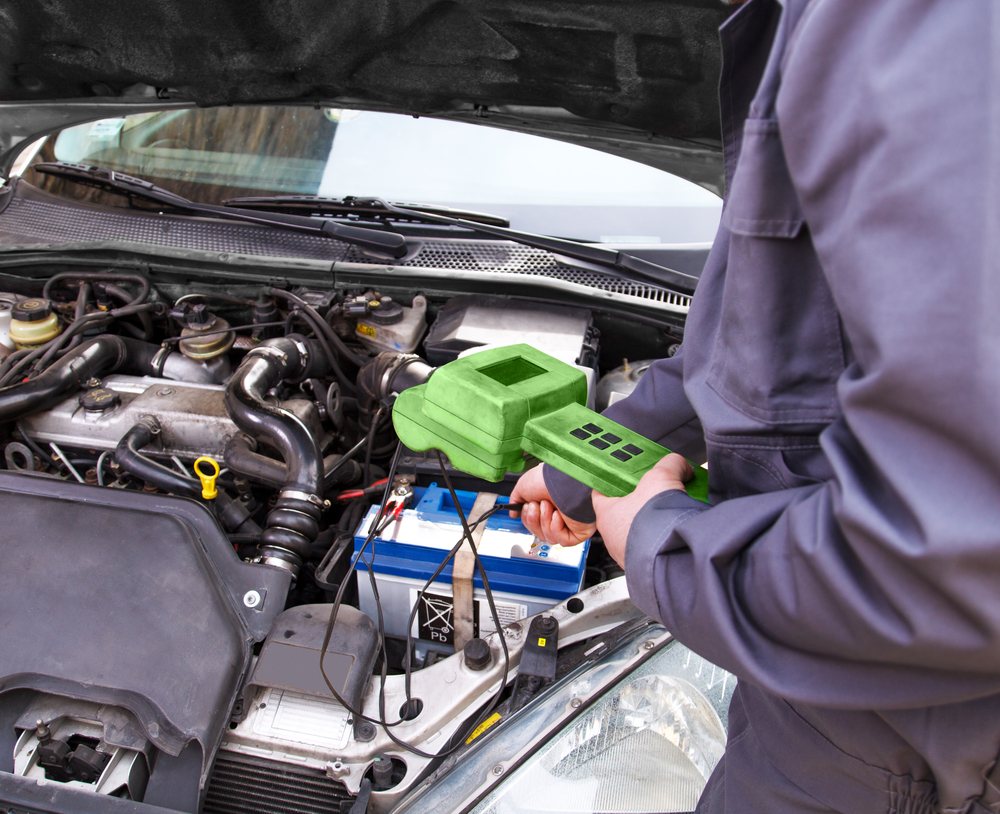
The outdated and fragile electrical systems in antique cars are prone to failure, posing a significant challenge during restoration. Rewiring these systems is a complex task that demands a deep understanding of vintage automotive electrical design. Incorrect wiring can lead to shorts, fires, or complete system failure, making this a particularly risky part of the restoration process. Additionally, sourcing or reproducing vintage wiring harnesses adds to the difficulty and expense.
Safety Concerns
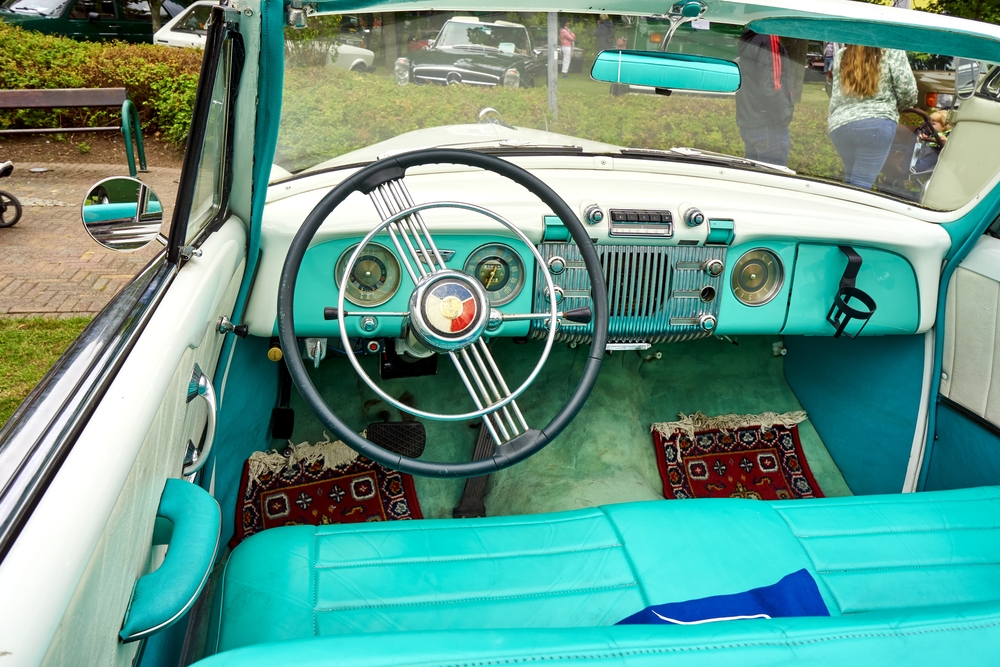
Restoring an antique car often means dealing with outdated safety features, which may be inadequate by modern standards. Components such as old seat belts, braking systems, and the lack of airbags present significant safety risks if the car is intended to be driven. Upgrading these safety features without compromising the vehicle’s authenticity requires careful planning and can be expensive. Balancing safety with authenticity is a delicate and critical aspect of restoration.
Unpredictable Engine Performance
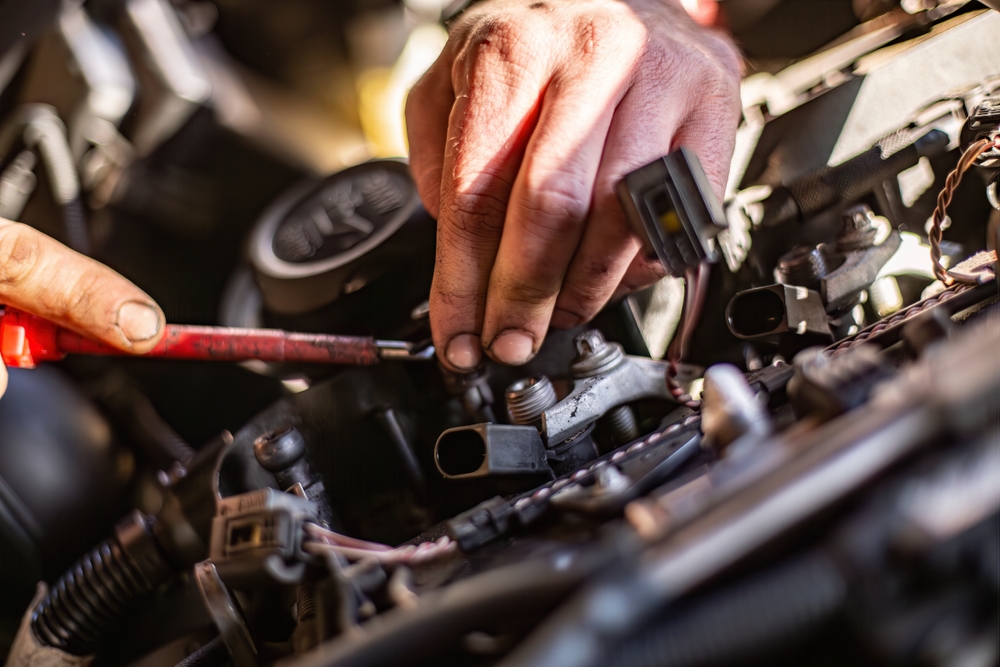
Rebuilding an antique engine is fraught with challenges, as decades of wear and tear may have caused significant internal damage that isn’t immediately apparent. Even after a thorough rebuild, these engines may not run as smoothly or reliably as modern ones, leading to unpredictable performance. This can be frustrating, especially after significant time and money have been invested. Sourcing engine parts and machining them to fit properly further complicates the process.
Environmental Regulations
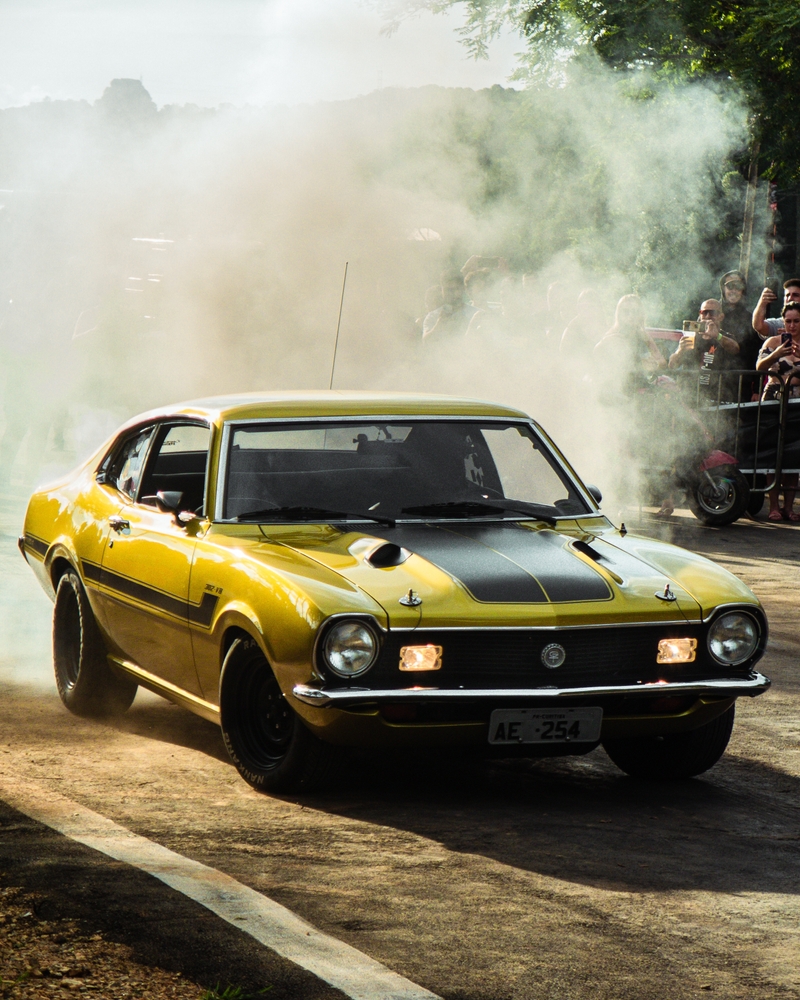
Restoring an antique car to its original specifications may bring it into conflict with modern environmental regulations, particularly regarding emissions. Older vehicles often fail to meet today’s standards, which can limit their usability or necessitate expensive modifications. Depending on the location, ensuring the car is road-legal may involve significant bureaucratic hurdles. Ignoring these regulations can lead to fines or the inability to register the vehicle for road use.
Insurance Challenges
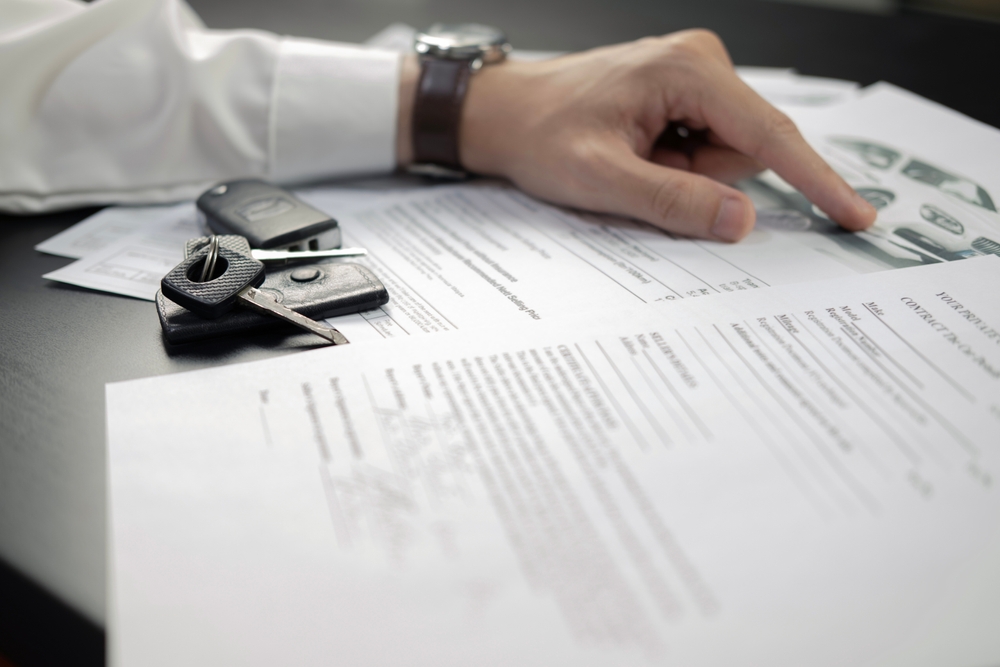
Antique car restoration often requires specialized insurance, as standard policies may not adequately cover these vehicles. Obtaining this specialized insurance can be both complicated and costly, with high premiums and strict conditions often imposed. Moreover, if the restoration process inadvertently reduces the car’s value, it can negatively impact insurance claims. The risk of being under-insured or facing difficulty in obtaining coverage is a notable concern.
Resale Value Uncertainty
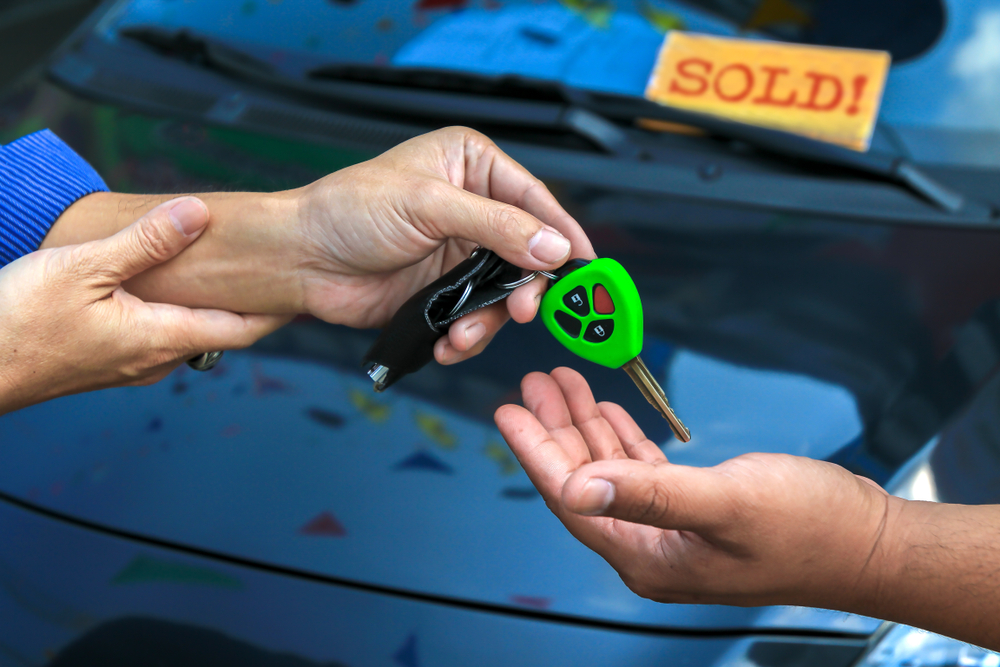
The resale value of a restored antique car can be difficult to predict, as it often depends on factors such as market trends, the quality of the restoration, and the rarity of the vehicle. Despite your best efforts, you may not recoup your investment, especially if the restoration doesn’t meet the high expectations of potential buyers. The fluctuating market for antique cars adds another layer of risk, making it challenging to justify the restoration’s time and expense.
Modifications vs. Authenticity
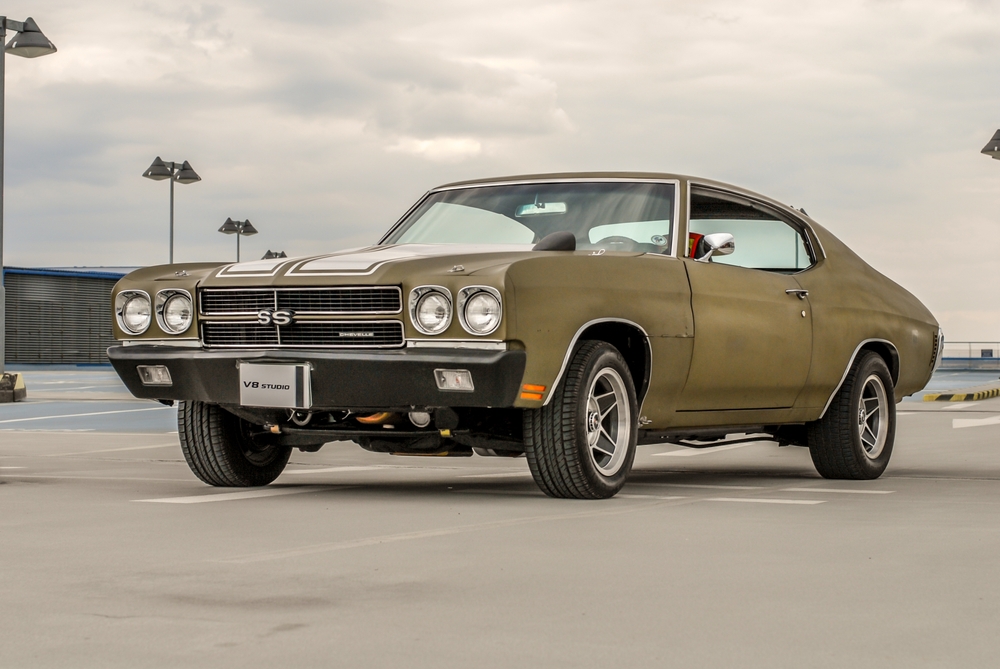
A significant challenge in antique car restoration is finding the right balance between authenticity and modern usability. While modifications may make the vehicle more practical for contemporary use, they can also detract from its historical value. Too many modern updates can turn off collectors, while a strict adherence to authenticity might result in a car that’s impractical to drive. This balance is difficult to achieve and poses a risk to both the car’s value and functionality.
Frame and Chassis Integrity
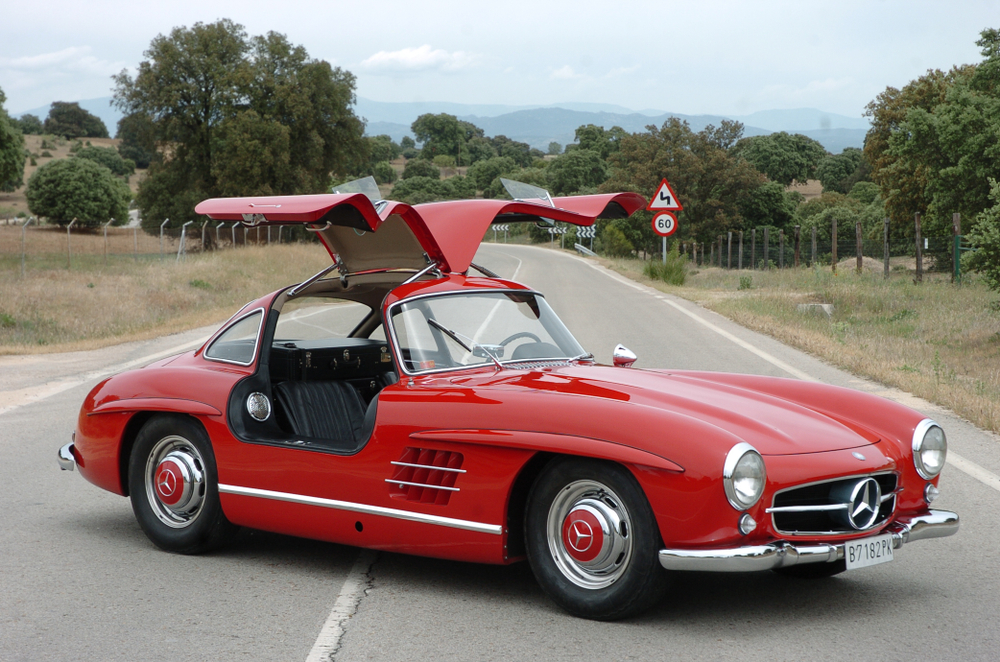
Over the years, the frame and chassis of antique cars can suffer from warping, cracks, or other forms of damage that aren’t immediately visible. Restoring these foundational elements requires precision and care, as any errors can compromise the entire structure of the vehicle. Moreover, the tools and techniques needed for accurate restoration may be specialized and hard to find. Problems with the frame can lead to misalignment, poor handling, and ultimately, safety issues.
Ownership and Title Issues
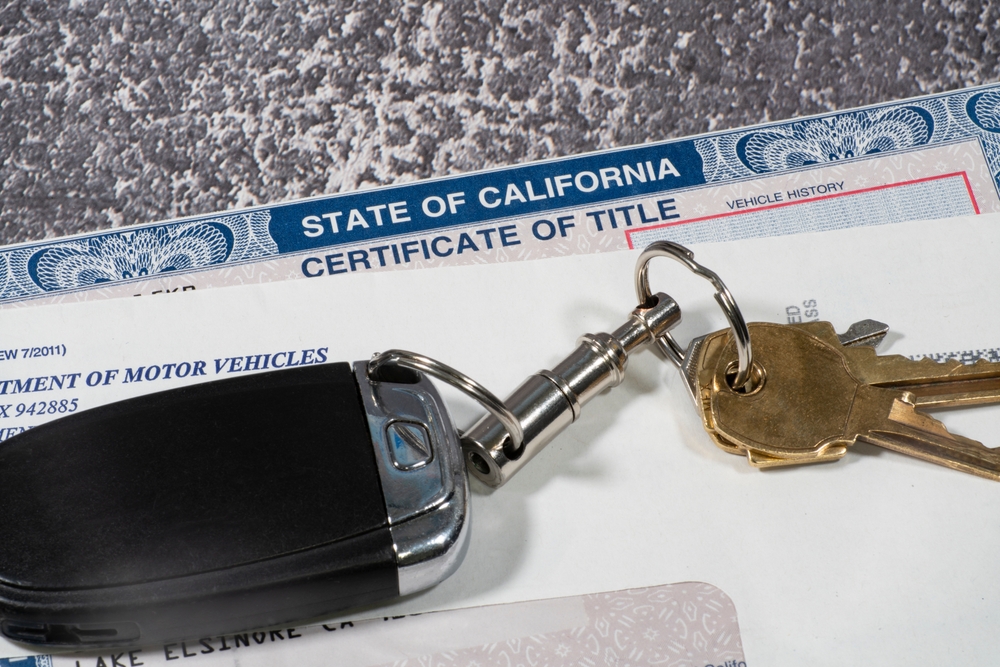
Antique cars often have complex ownership histories, and securing a clear title can be problematic. Missing or incorrect paperwork can lead to legal complications or disputes over ownership, which may delay or even derail the restoration process. This is particularly risky if the car was acquired through non-traditional means, such as auctions or estate sales. Without a clear title, registering or selling the restored vehicle can become a major challenge.
This article originally appeared on MyCarMakesNoise.
More from MyCarMakesNoise
20 Timeless JDM Cars Every Enthusiast Dreams of Owning
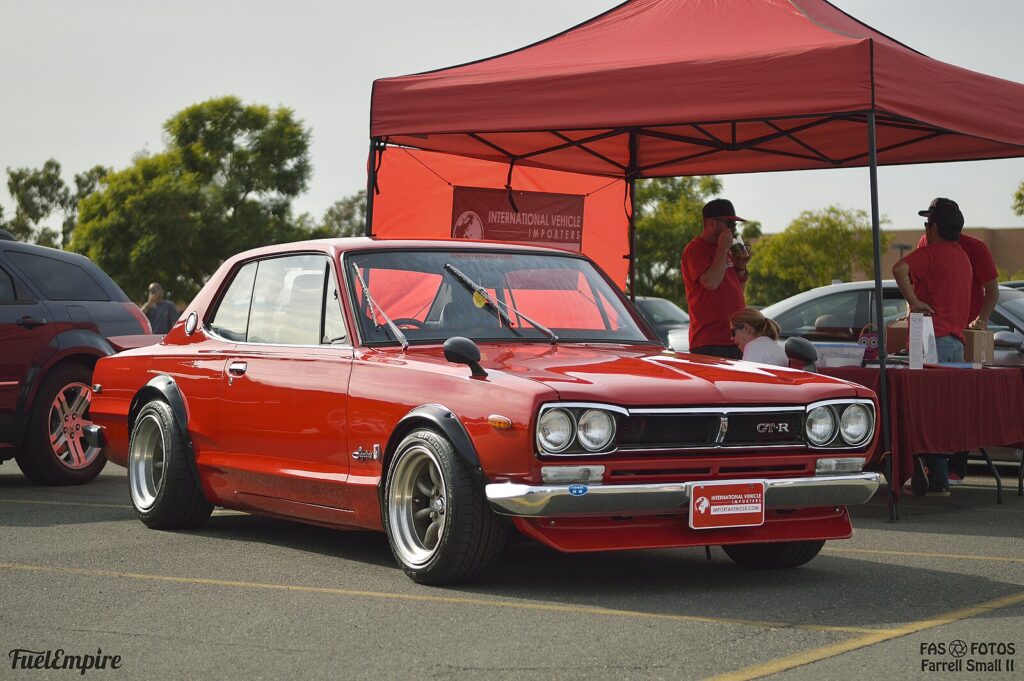
Vintage JDM (Japanese Domestic Market) cars have a unique charm and timeless appeal. Known for their style, performance, and innovation, these classic Japanese cars have captured the hearts of car enthusiasts worldwide. Read More.
20 Hidden Flaws in Electric Cars You Should Know About

Electric cars are gaining popularity for their eco-friendliness and innovative technology, but they’re not without their flaws. Many issues go unnoticed or unspoken. Read More.
20 Most Memorable Lamborghini Supercars Ever Made
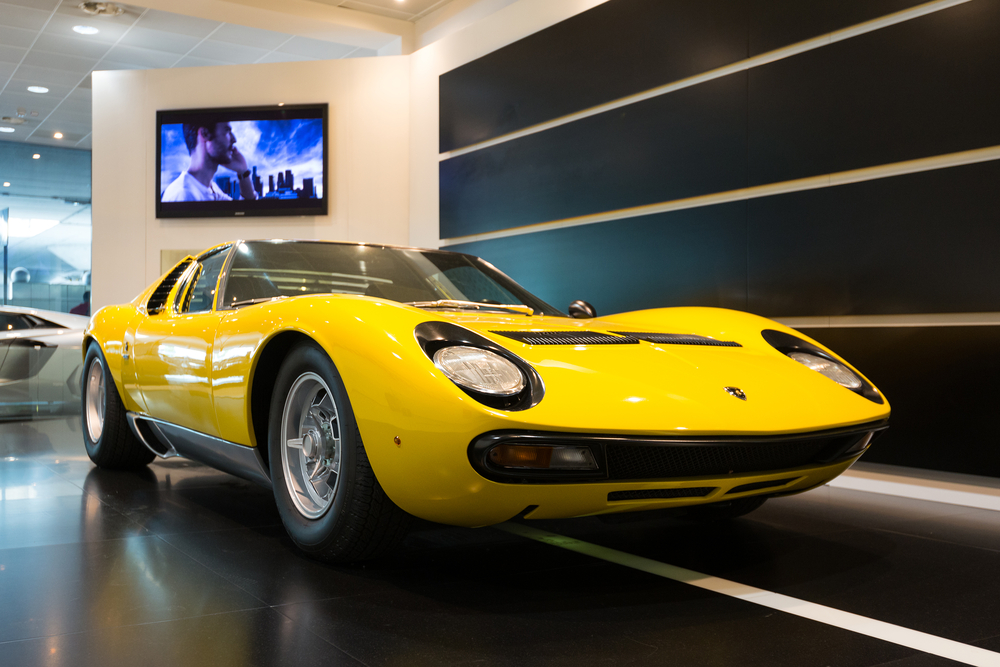
Lamborghini has a legacy of crafting some of the most iconic supercars the world has ever seen. From sleek designs to groundbreaking performance, each model has left a lasting impression on automotive enthusiasts. Read More.

